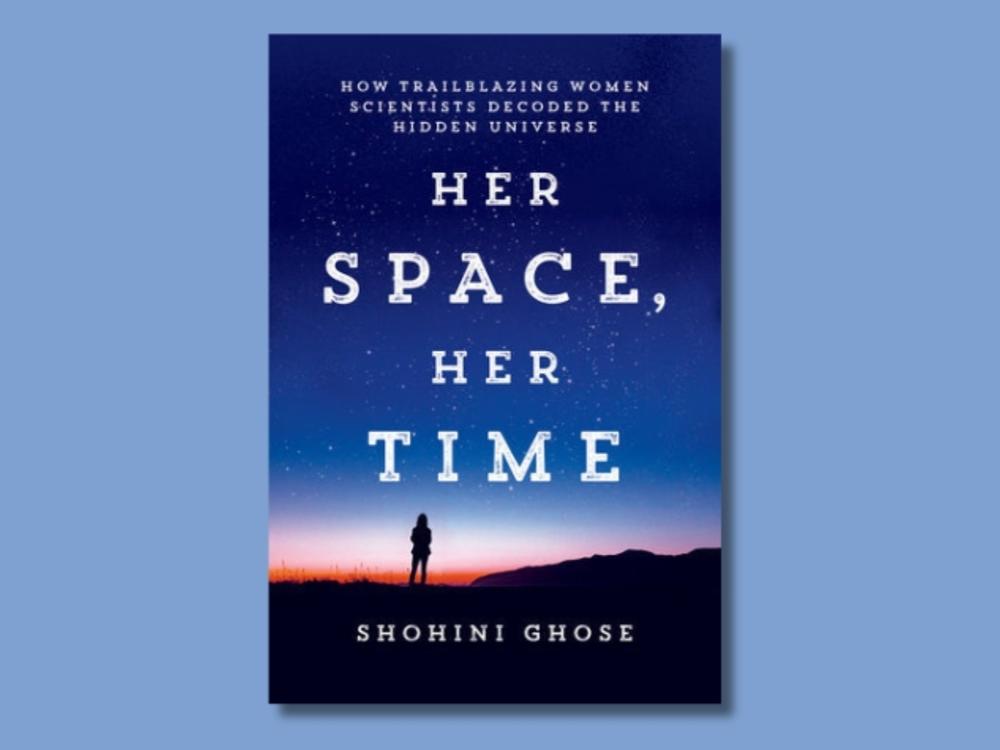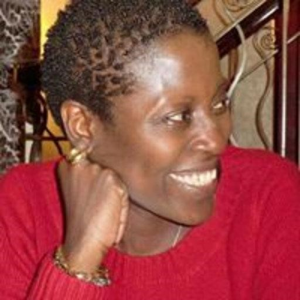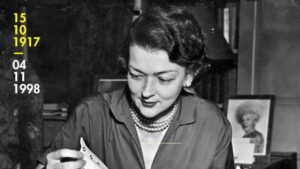Physics Unites Two Bengali Women Across Generations This Women’s History Month

As a child, Shohini Ghose immersed herself in the world of physics, but she couldn’t help but notice a recurring pattern in the names she encountered: “Einstein, Newton, Schrodinger,” she recalls, “They’re all men.”
Now a quantum physicist and professor of physics and computer science at Wilfrid Laurier University, Ghose found herself questioning why the narrative of famous physicists seemed to exclude women. “I was certain there must have been other women before me who were interested in physics,” she reflects. “The more I delved into it, the more I realized that their stories were not being told.”
Determined to shed light on these overlooked figures, Ghose embarked on a journey through archives and research papers, uncovering a rich lineage of women scientists who made significant contributions to the advancement of science. Among them were Wu Chien-Shiung, the brilliant particle physicist from China; Elisa Frota-Pessôa, the Brazilian experimental physicist; and Bibha Chowdhuri, the Indian physicist credited with the discovery of two fundamental particles.
Inspired by her discoveries, Ghose set out to chronicle the lives of these trailblazing women in her book titled “Her Space, Her Time: How Trailblazing Women Scientists Decoded the Hidden Universe.”
Of all the remarkable women she encountered, Bibha Chowdhuri held a special place in Ghose’s heart. Both hailing from Bengal and originating from the same city in India, they shared a deep connection despite being born six decades apart. Learning about Chowdhuri not only provided Ghose with a new role model but also served as a poignant reminder of the ongoing struggle for women’s recognition in the field of physics.
For Ghose, Chowdhuri’s story serves as a testament to the progress made in the realm of physics while also highlighting the persistent barriers that women continue to face. As Ghose herself becomes a part of this history, she remains committed to amplifying the voices and contributions of women in physics, ensuring that their legacy is not forgotten.
Repurposed article originally published in GPB.org









